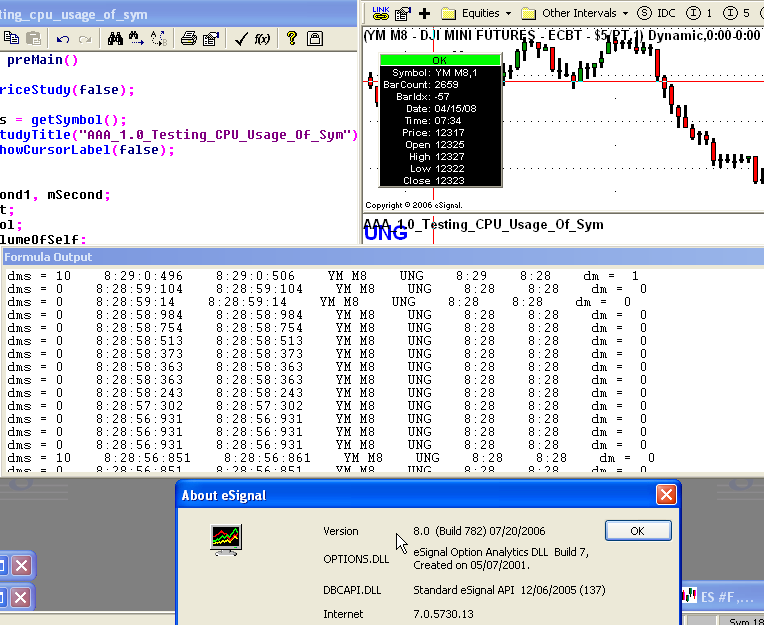Jason,
Thank you very much. I am looking forward to your testing results. If the findings in my posts can be confirmed by your results, it would improve the performance of eSignal 10 greatly in certain cases.
-Clearpicks
Thank you very much. I am looking forward to your testing results. If the findings in my posts can be confirmed by your results, it would improve the performance of eSignal 10 greatly in certain cases.
-Clearpicks


Comment